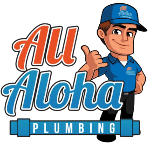Have you ever wondered what’s protecting your home’s water supply from contamination? Backflow prevention is crucial for Phoenix residents, safeguarding your plumbing system and ensuring clean, safe water. This article will explain what backflow is, why it occurs, and the importance of proper prevention methods. We’ll explore different types of backflow preventers, including reduced pressure zone devices, and guide you on choosing and maintaining the right system for your Phoenix home. By understanding backflow prevention, you’ll be better equipped to protect your family’s health and your home’s plumbing.
Key Takeaways
- Backflow prevention devices are crucial for protecting Phoenix’s water supply from contamination
- Professional installation and regular maintenance are essential for effective backflow prevention
- RPZ valves offer high-level protection for residential and commercial plumbing systems
- Phoenix homeowners should schedule annual inspections and address maintenance issues promptly
- Proper backflow prevention contributes to community health and water system integrity
What Is Backflow and Why Does It Occur in Phoenix Homes?
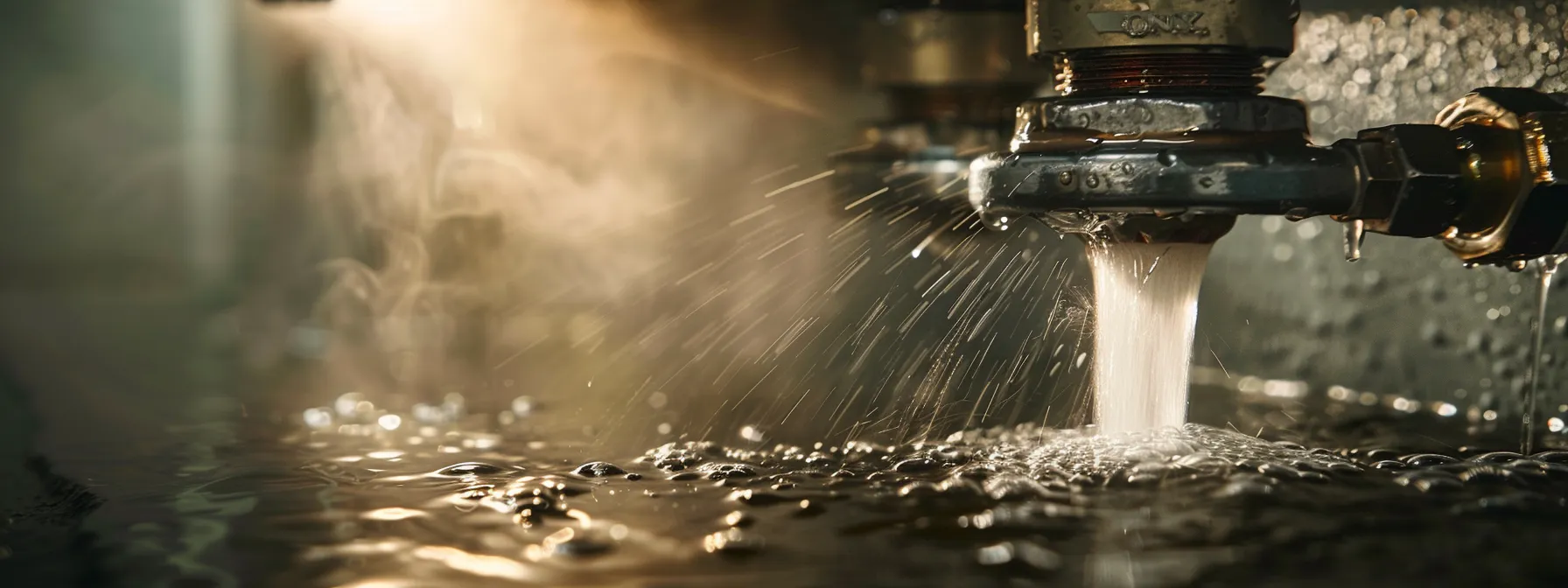
Backflow in Phoenix homes occurs when contaminated water flows backward into the clean water supply. This section examines the causes of backflow in residential Phoenix Plumbing Services, including issues with gas water heaters and toilets. It also explores health risks associated with backflow contamination and specific factors in Phoenix that increase backflow risks, such as variations in water pressure and pipe diameter.
Causes of Backflow in Residential Plumbing
Backflow in residential plumbing can occur due to several factors, including pressure differentials and faulty plumbing components. One common cause is a sudden drop in water pressure, which can create a vacuum effect in the pipes, pulling contaminated water back into the clean water supply. This issue often arises when using appliances that consume large amounts of water, such as washing machines or dishwashers.
Another significant cause of backflow is the failure of backflow prevention devices, such as check valves or pressure-reducing valves. These components, which may include the lf009m3qt model or steel relief valves, can wear out over time or become damaged, allowing water to flow in the wrong direction. In some cases, improper installation of natural gas appliances or Apollo valves can also contribute to backflow problems in Phoenix homes.
Health Risks Associated With Backflow Contamination
Backflow contamination poses serious health risks to Phoenix homeowners. When contaminated water enters the clean water supply, it can introduce harmful bacteria, viruses, and chemicals. This contamination can lead to various illnesses, ranging from gastrointestinal issues to more severe infections. Homeowners with electric water heaters or systems using butterfly valves may be particularly vulnerable if these components fail to prevent backflow.
To mitigate these risks, proper backflow prevention devices such as the Watts LF009 or Wilkins RPZ valves are essential. These devices, when correctly installed and maintained, help safeguard the water supply from potential contaminants. Regular inspections and maintenance of these devices, along with adherence to warranty terms for plumbing components, can significantly reduce the likelihood of backflow incidents and protect public health. The following table illustrates common contaminants and their associated health risks:
Factors in Phoenix That Increase Backflow Risks
Phoenix’s unique climate and infrastructure contribute to increased backflow risks. The city’s hot, dry conditions can lead to rapid changes in water pressure, especially during peak usage times. These fluctuations may strain rpz backflow devices, potentially compromising their effectiveness. Additionally, the prevalence of laundry facilities in multi-unit buildings can create pressure imbalances, further exacerbating the risk of backflow incidents.
The city’s water distribution system, which often includes older pipes and varying pipe diameters, can also contribute to backflow issues. These factors, combined with the use of water filters and the potential for cross-connections in plumbing systems, create an environment where backflow prevention becomes crucial. Homeowners should be aware of these risks and consider installing appropriate backflow prevention devices to protect their water supply:
The Importance of Backflow Prevention for Phoenix Residents
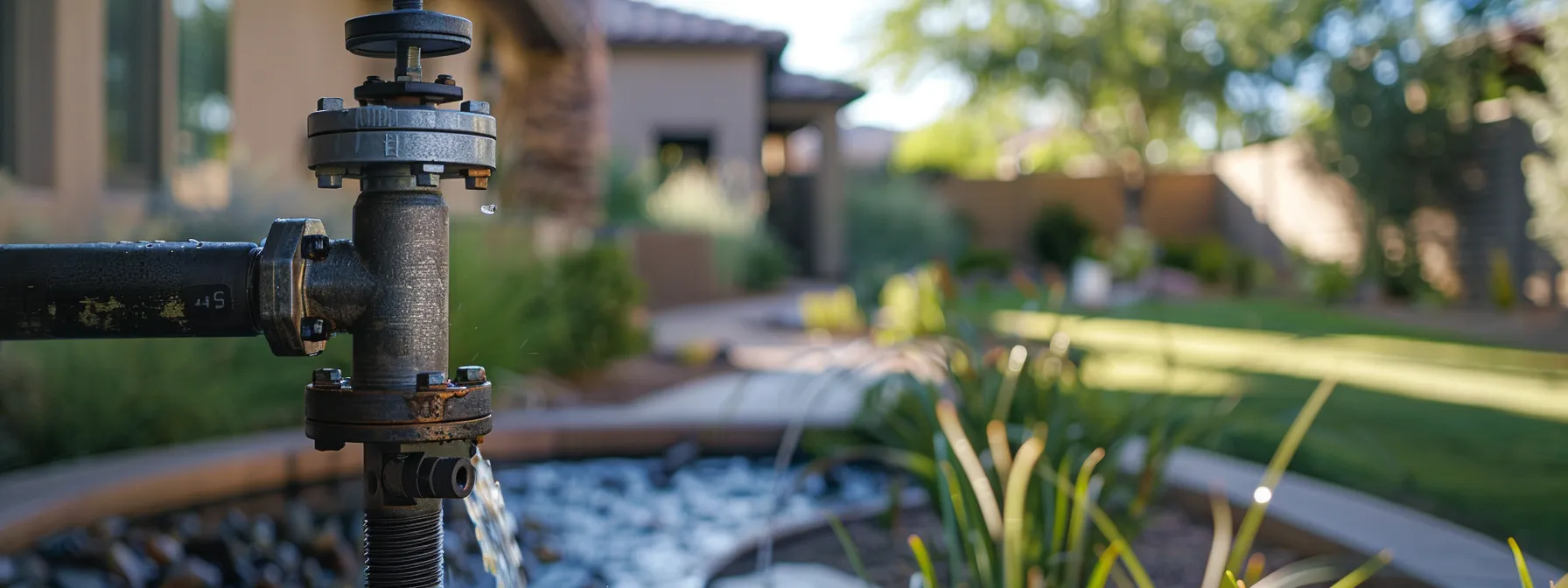
Backflow prevention is crucial for Phoenix residents to protect their drinking water from contaminants. Local regulations mandate specific measures to prevent backflow, ensuring community health. This section explores the importance of backflow prevention devices, including pumps and switches, in safeguarding water quality. It also discusses the role of fire sprinkler systems and the potential risks of lead contamination in residential plumbing.
Protecting Your Drinking Water From Contaminants
Phoenix residents must prioritize backflow prevention to protect their drinking water from contaminants. Proper installation and maintenance of backflow prevention devices, such as the Watts 957 OSY and LF909 models, are essential for safeguarding water quality. These devices prevent contaminated water from flowing back into the clean water supply, especially in areas where polyvinyl chloride pipes are common.
Regular backflow inspections near residential areas are crucial for identifying potential risks and ensuring the proper functioning of prevention systems. Homeowners should pay particular attention to potential contamination sources, such as sinks and outdoor irrigation systems. By implementing robust backflow prevention measures, Phoenix residents can significantly reduce the risk of waterborne illnesses and maintain the safety of their drinking water.
Local Regulations on Backflow Prevention
Phoenix enforces strict regulations on backflow prevention to safeguard its water supply. Property owners must install and maintain approved back flow valves, such as reduced pressure zone devices or lf009m2qt models, in accordance with local plumbing codes. These regulations apply to both residential and commercial properties, requiring annual inspections by certified plumbers to ensure compliance and proper functioning of backflow prevention devices.
The city’s regulations also mandate the installation of backwater valves in specific scenarios, particularly in areas prone to sewage backups. Property owners are responsible for maintaining these devices and must keep records of inspections and repairs. Failure to comply with local backflow prevention regulations can result in fines and potential water service interruptions. Phoenix residents should consult a licensed plumber to ensure their property meets all local requirements:
- Install approved backflow prevention devices
- Schedule annual inspections with certified professionals
- Maintain proper documentation of inspections and repairs
- Ensure compliance with local plumbing codes
- Address any issues promptly to avoid penalties
Backflow Prevention’s Role in Community Health
Backflow prevention plays a crucial role in maintaining community health in Phoenix. By safeguarding the water distribution system from contamination, these devices protect the entire community from potential health hazards. Proper backflow prevention measures ensure that the public water supply remains free from pollutants, reducing the risk of waterborne illnesses and maintaining the overall quality of life for residents.
Effective backflow prevention also contributes to the early detection of leaks and other issues within the water supply network. This proactive approach helps water authorities and homeowners address potential problems before they escalate, preventing water waste and maintaining the integrity of the system. By prioritizing backflow prevention, Phoenix residents actively participate in preserving the safety and reliability of their community’s water resources.
Understanding Reduced Pressure Zone Backflow Preventers
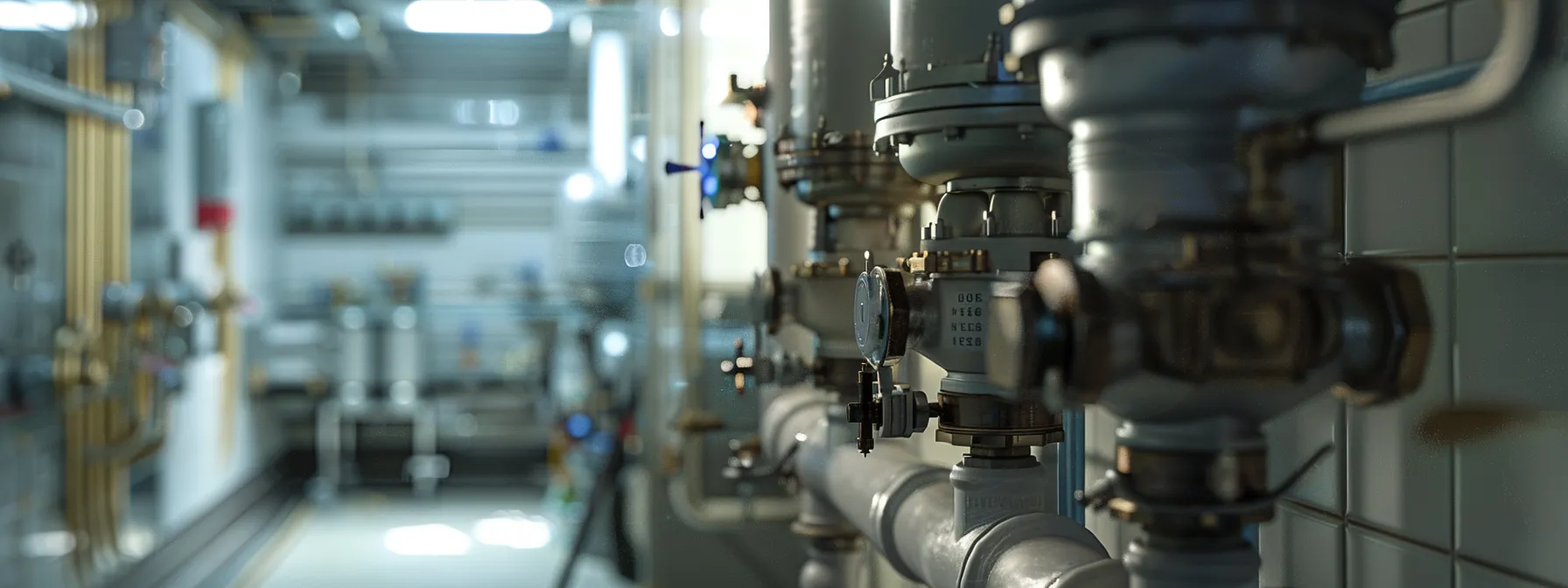
Reduced Pressure Zone (RPZ) backflow preventers are crucial for preventing water damage and protecting home water supplies. This section explores how RPZ devices function, their benefits for homeowners, and when to install them. Understanding these devices, which may include components like anodes and compression fittings, is essential for maintaining safe water systems in Phoenix homes.
How Reduced Pressure Zone (RPZ) Devices Function
Reduced Pressure Zone (RPZ) devices function by creating an air gap between the potable water supply and potential contaminants. These sophisticated mechanisms employ a series of control valves and pressure chambers to maintain a lower pressure in the central chamber than in the inlet side, effectively preventing backflow even in high-risk scenarios such as in kitchens or gas appliance connections.
The RPZ device’s design incorporates multiple check valves and a relief valve, which work together to protect against both backpressure and back-siphonage. When the pressure in the central chamber rises above acceptable levels, the relief valve opens, discharging water and maintaining the pressure differential. This design makes RPZ devices particularly effective for protecting plastic pipework systems, which are common in many Phoenix homes.
Benefits of Using RPZ Backflow Preventers at Home
RPZ backflow preventers offer significant benefits for Phoenix homeowners, particularly in protecting their health and the integrity of the sanitary sewer system. These devices prevent contaminated water from entering the home’s potable water supply, ensuring that drinking water remains safe and free from harmful substances. The installation of RPZ devices can also enhance the overall thermal efficiency of a home’s plumbing system by maintaining proper water pressure and flow.
While the initial backflow testing cost may seem high, the long-term benefits far outweigh the expense. RPZ devices protect not only individual homes but also the community’s water supply, including fire hydrants and other critical infrastructure. By investing in RPZ backflow prevention, homeowners contribute to the overall safety and reliability of Phoenix’s water distribution system, making it a wise choice for both personal and community well-being.
When to Install an RPZ Backflow Preventer
Phoenix homeowners should install an RPZ backflow preventer when their plumbing system poses a high hazard to the drinking water supply. This includes properties with irrigation systems, fire sprinklers, or commercial-grade washing machines that could potentially contaminate the water source. A certified backflow tester near me can assess the property’s risk level and recommend appropriate prevention measures, such as a Watts RPZ device.
Installation of an RPZ backflow preventer is also crucial when local regulations mandate its use or when a property’s water usage patterns change significantly. For instance, homes that install new water-using appliances or connect to alternative water sources may require an RPZ device to ensure the safety of their drinking water. Regular inspections and maintenance by qualified professionals are essential to keep these devices functioning correctly and protecting the water supply.
How Backflow Preventers Safeguard Your Home’s Plumbing System

Backflow preventers are essential for safeguarding home plumbing systems in Phoenix. This section explores various types of prevention devices, including vacuum breakers and sensors made from durable alloys. It discusses how these devices prevent cross-connection contamination and protect hot water heaters. Homeowners will learn about the importance of these devices in maintaining water quality and system integrity.
Types of Backflow Prevention Devices for Homes
Phoenix homeowners can choose from several types of backflow prevention devices to safeguard their plumbing systems. The most common types include reduced pressure zone (RPZ) valves, double check valves, and atmospheric vacuum breakers. RPZ valves are highly effective for high-hazard applications, using multiple check valves and a relief valve to prevent backflow in pipes of various sizes, including 1-inch and 2-inch diameters.
Proper selection and installation of these devices are crucial for preventing contamination and potential flooding. Double check valves are suitable for low-hazard situations, while atmospheric vacuum breakers are often used in irrigation systems. Each type offers specific benefits in terms of drainage protection and flood prevention, making it essential for homeowners to consult with a professional plumber to determine the most appropriate device for their specific needs:
Preventing Cross-Connection Contamination
Cross-connection contamination poses a significant threat to drinking water safety in Phoenix homes. Backflow preventers, such as atmospheric vacuum breakers and hose bib vacuum breakers, play a crucial role in preventing pollution from entering the potable water supply. These devices create a physical barrier between the clean water system and potential sources of contamination, ensuring that residents can safely drink from their taps without concern for waterborne illnesses.
In the United States, including Phoenix, proper installation and maintenance of backflow prevention devices are essential for safeguarding public health. Homeowners should regularly inspect and test their backflow preventers, particularly those installed on outdoor faucets and irrigation systems. By prioritizing cross-connection control, Phoenix residents can contribute to the overall safety of their community’s water supply and protect their households from potentially harmful contaminants.
Protecting Your 34-Inch Hot Water Heater From Backflow
Protecting a 34-inch hot water heater from backflow requires the installation of a reduced pressure zone valve, such as the Watts RPZ 009. This device creates a barrier between the water heater and the main water supply, preventing contaminated water from flowing back into the potable water system. The gate valve component of the RPZ allows for easy maintenance and replacement when necessary.
Proper water metering and monitoring of liquid flow are essential for detecting potential backflow issues in hot water heaters. Homeowners should regularly inspect their RPZ devices and ensure they are functioning correctly to maintain the safety and efficiency of their water heating systems. By implementing these preventive measures, Phoenix residents can protect their investment and ensure a consistent supply of clean, hot water:
- Install a Watts RPZ 009 or similar reduced pressure zone valve
- Regularly inspect and maintain the gate valve component
- Monitor water metering and liquid flow for anomalies
- Schedule professional inspections of the backflow prevention system
- Keep records of maintenance and testing for compliance purposes
Choosing the Right Backflow Preventer for Your Phoenix Home
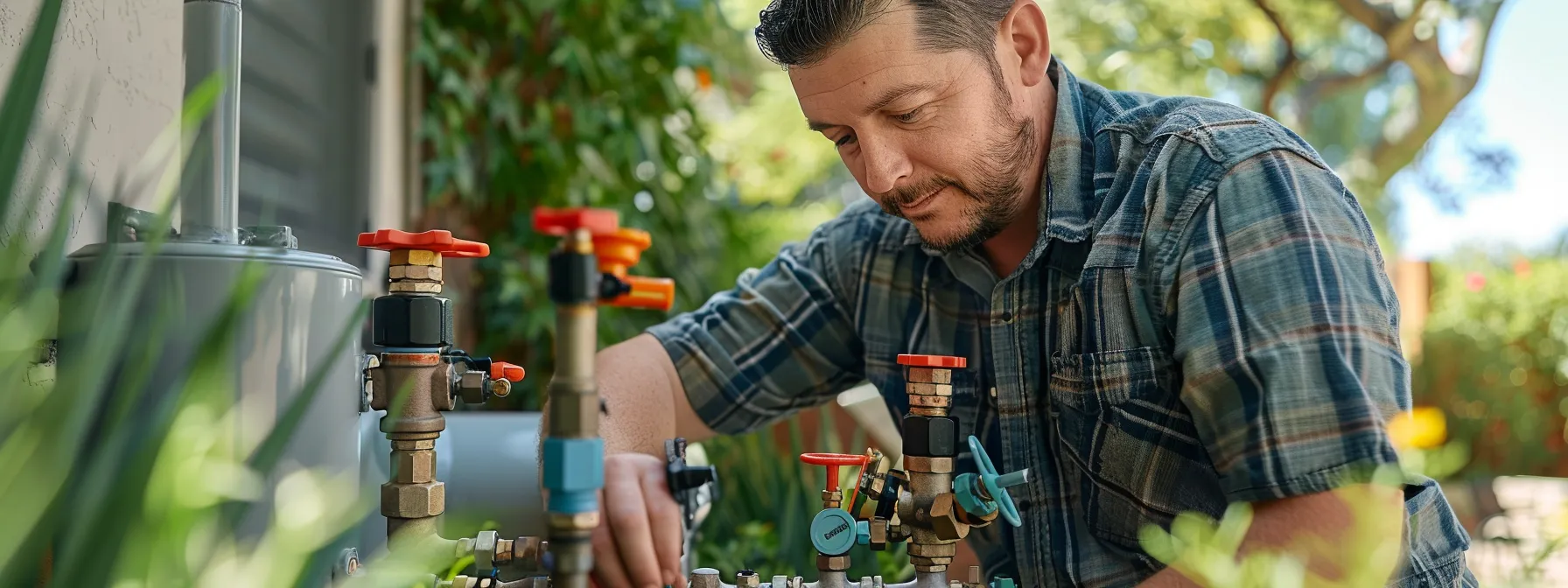
Selecting the appropriate backflow preventer is crucial for Phoenix homeowners to protect their water supply. This section examines how to assess specific needs, compare prevention options, and consult professionals. From safeguarding hot water heaters to addressing irrigation systems, homeowners will learn to choose devices that effectively prevent back pressure and maintain water quality.
Assessing Your Home’s Specific Needs
Phoenix homeowners must assess their specific needs when choosing a backflow preventer. Factors such as lawn irrigation systems, water pressure, and the presence of iron pipes significantly influence the selection process. Homeowners should evaluate their property’s unique characteristics, including the size of their lawn and the complexity of their plumbing system, to determine the most suitable device.
The Zurn RPZ backflow preventer is a popular choice for many Phoenix homes due to its effectiveness and durability. When considering this option, homeowners should factor in the device’s price and installation requirements. It’s essential to balance the initial cost with long-term benefits, ensuring adequate protection for the home’s water supply. To make an informed decision, homeowners should consider the following factors:
- Property size and layout
- Existing plumbing system configuration
- Water pressure requirements
- Local regulations and compliance standards
- Budget constraints and long-term maintenance costs
Comparing Different Backflow Prevention Options
When comparing backflow prevention options for Phoenix homes, homeowners should consider factors such as installation requirements, maintenance needs, and effectiveness. The Watts LF009M3QT is a popular choice for many households, offering reliable protection for both bathrooms and other plumbing fixtures. This device provides an average level of protection suitable for most residential applications, making it a cost-effective solution for many Phoenix homeowners.
Backflow installation costs vary depending on the chosen device and complexity of the plumbing system. Homeowners should weigh the initial investment against long-term benefits when selecting a backflow device. Factors to consider include the device’s lifespan, warranty, and compatibility with existing plumbing infrastructure. The following table compares common backflow prevention options:
Consulting With a Plumbing Professional
Consulting with a plumbing professional is crucial for Phoenix homeowners when selecting and installing a backflow preventer. A licensed plumber can assess the property’s specific risk factors, including the potential for sewage backflow, and recommend appropriate devices such as the Watts 009QT or other RPZ models. Professional guidance ensures that the chosen device complies with local regulations and provides adequate protection for the home’s water supply.
Plumbing experts can also advise on the proper RPZ installation process and additional protective measures, such as sump pump systems for basement flood prevention. Their expertise helps homeowners make informed decisions about backflow prevention, balancing cost considerations with the level of protection required. A professional consultation can lead to a more effective and efficient backflow prevention system, tailored to the unique needs of each Phoenix property:
Installing and Maintaining Backflow Preventers in Phoenix
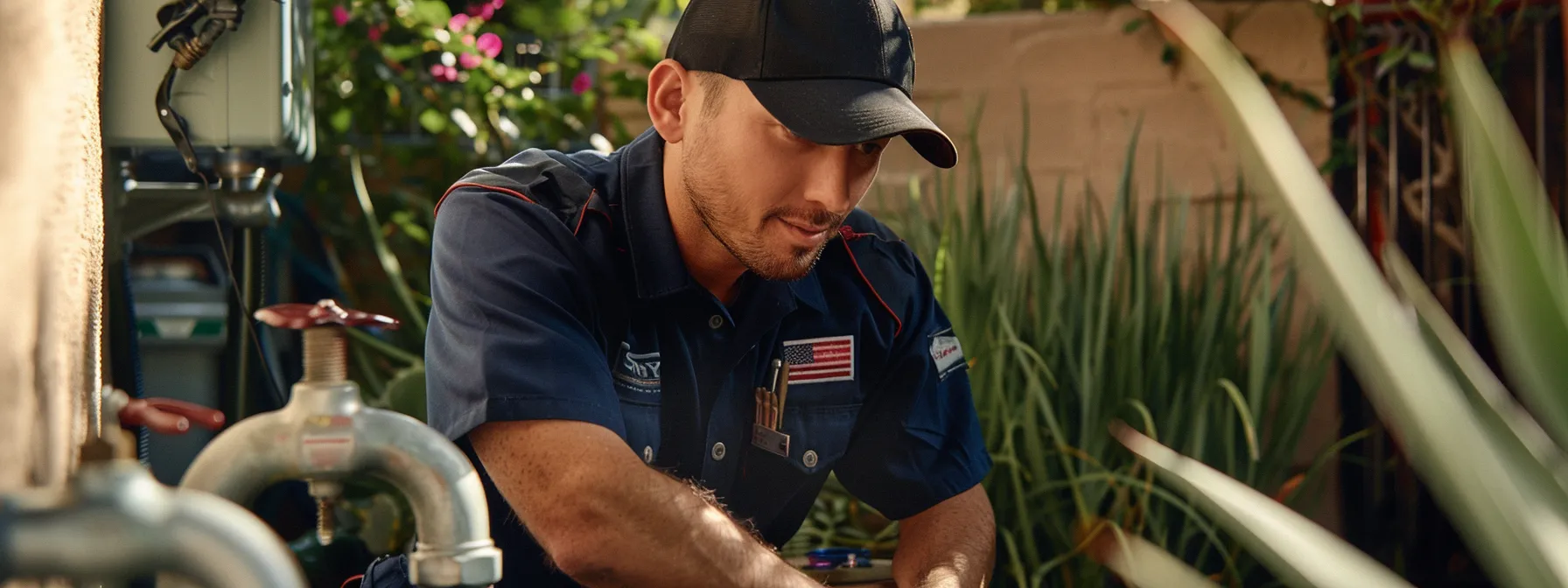
Proper installation and maintenance of backflow preventers are crucial for Phoenix homeowners. This section explores the importance of professional installation services, regular inspection and testing requirements, and signs that maintenance is needed. Understanding these aspects ensures the effective operation of devices like pressure regulators, RPZ valves, and butterfly valves, safeguarding homes from potential backflow issues.
Importance of Professional Installation Services
Professional installation services for backflow preventers are essential for Phoenix homeowners to ensure proper functioning of their water supply network. Certified technicians possess the expertise to install complex devices such as RPZ plumbing systems and check valves correctly, considering factors like energy factor and boiler compatibility. This professional approach guarantees that the backflow prevention system integrates seamlessly with existing plumbing infrastructure.
Proper installation by professionals also ensures compliance with local regulations and industry standards. Technicians can accurately assess the home’s specific needs, recommending and installing the most suitable backflow prevention devices for optimal protection. Their expertise minimizes the risk of installation errors that could compromise the system’s effectiveness or lead to costly water damage. Professional installation services offer Phoenix homeowners peace of mind and long-term protection for their water supply:
- Accurate assessment of home’s backflow prevention needs
- Proper sizing and selection of RPZ devices
- Correct integration with existing plumbing systems
- Compliance with local codes and regulations
- Expert calibration for optimal performance
Regular Inspection and Testing Requirements
Regular inspection and testing of backflow preventers are crucial for maintaining the safety of Phoenix’s water supply. Homeowners should schedule annual inspections by certified professionals to check for signs of corrosion, leaks, or vacuum failure in their backflow prevention devices. These inspections often include testing the functionality of stainless steel components and ensuring proper sealing of flanges to prevent contamination.
During these inspections, technicians perform leak detection tests to identify potential issues before they escalate. They assess the integrity of the device’s internal components, including check valves and relief valves, to ensure they operate correctly under various pressure conditions. Regular maintenance helps extend the lifespan of backflow preventers and ensures continuous protection against water contamination. Phoenix homeowners should adhere to the following inspection and testing schedule:
- Annual professional inspection and testing
- Quarterly visual checks for signs of leakage or damage
- Monthly testing of relief valve discharge
- Immediate inspection following any plumbing modifications
- Bi-annual assessment of surrounding pipework and fittings
Recognizing Signs That Maintenance Is Needed
Phoenix homeowners should be vigilant for signs that their backflow preventers require maintenance. Common indicators include unusual noises from the pipeline, decreased water pressure, or visible leaks around the device, particularly in models like the Watts LF009M2QT. Regular visual inspections can help identify these issues early, preventing potential contamination and ensuring the proper volume of water flow.
Maintenance needs may also become apparent during routine backwater valve installation checks or when homeowners notice changes in water quality. Discolored water, unusual odors, or fluctuations in water pressure can signal problems with the backflow prevention system. Homeowners should address these signs promptly by scheduling a professional inspection and maintenance service:
- Unusual noises from the plumbing system
- Visible leaks or moisture around the backflow preventer
- Decreased water pressure throughout the home
- Changes in water color, taste, or odor
- Inconsistent water flow from faucets or appliances
Conclusion
Backflow prevention is crucial for safeguarding Phoenix homes from water contamination and potential health risks. By understanding the causes of backflow, homeowners can take proactive measures to protect their water supply through proper installation and maintenance of prevention devices. Regular inspections and professional consultations are essential for ensuring the effectiveness of backflow preventers and compliance with local regulations. Ultimately, investing in reliable backflow prevention systems not only protects individual households but also contributes to the overall health and safety of the Phoenix community.

